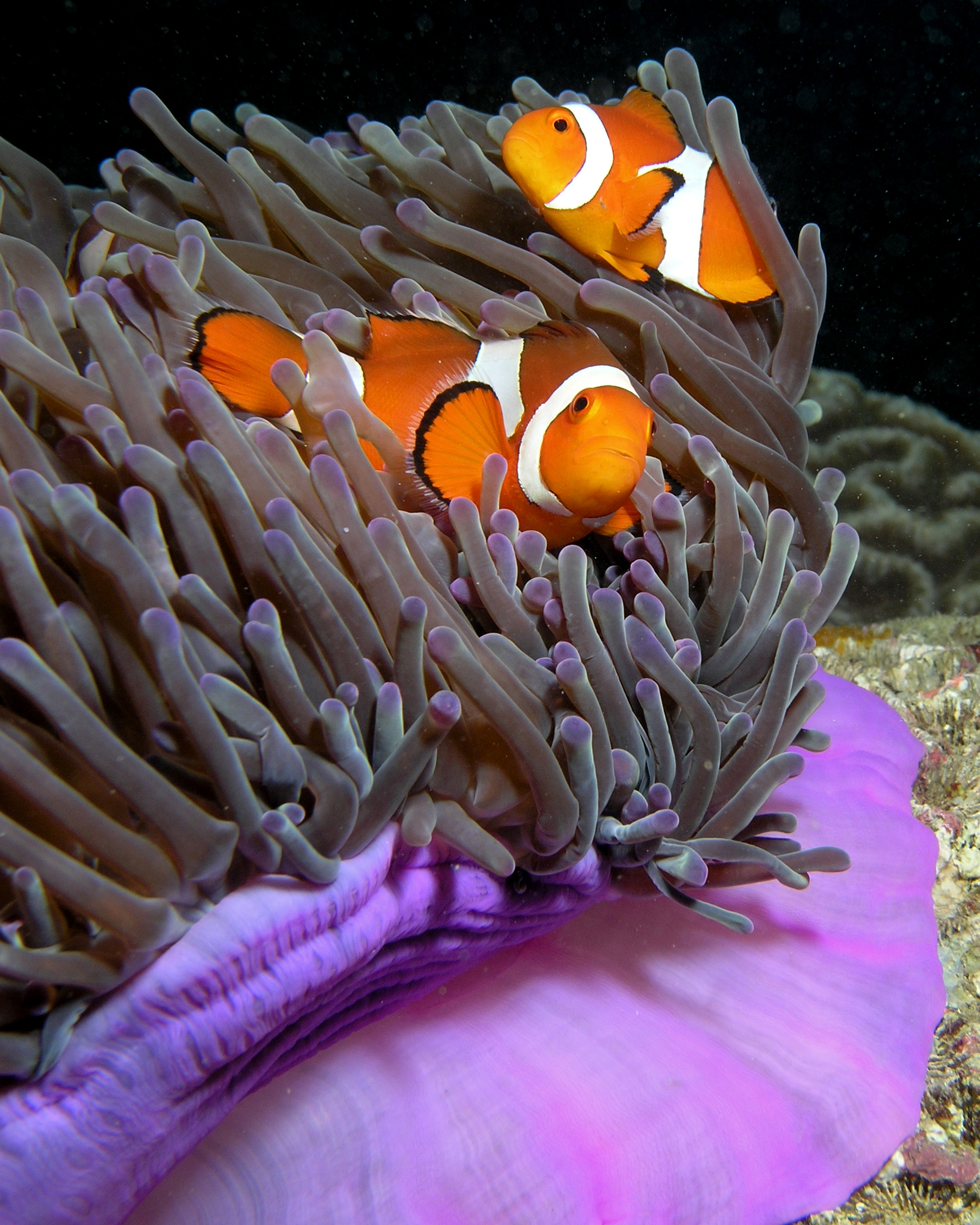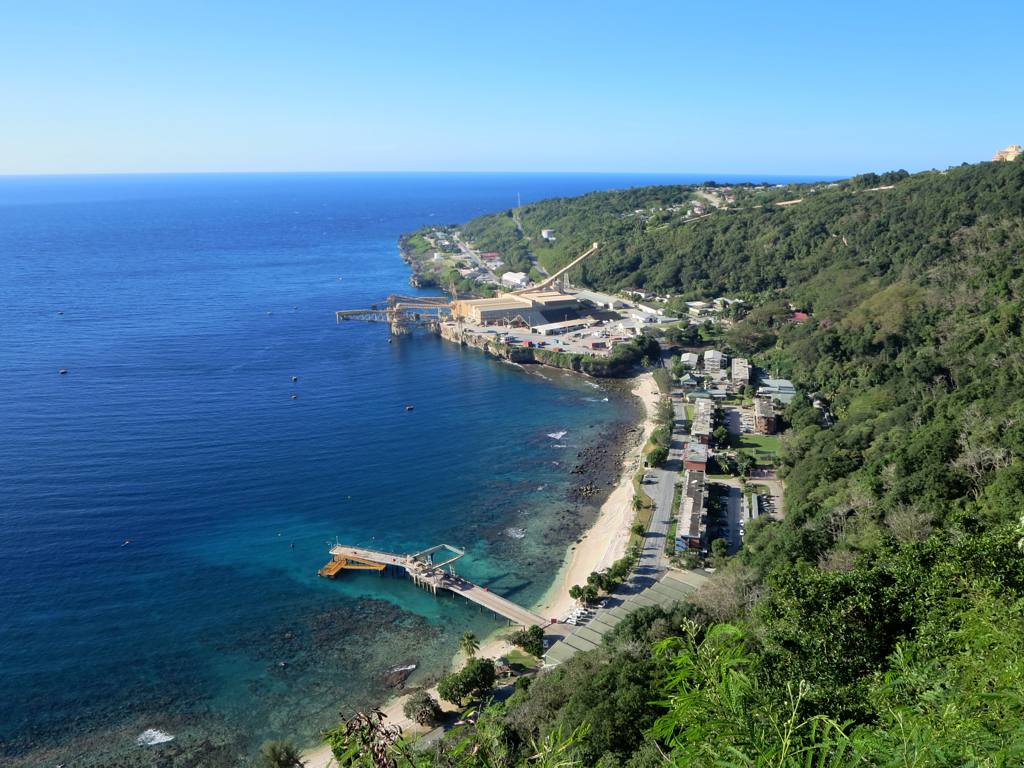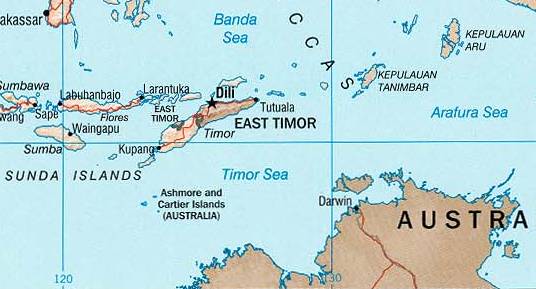|
Coral Trout
The leopard coral grouper (''Plectropomus leopardus''), also known as the common coral trout, leopard coral trout, blue-dotted coral grouper or spotted coral grouper, is a species of marine ray-finned fish, a grouper from the subfamily Epinephelinae which is part of the family Serranidae, which also includes the anthias and sea basses. It is found in the Western Pacific Ocean. Coral trout are the favourite target fish for all sectors of the fishery because they are a good food fish and command high market prices locally and overseas. The total commercial catch of coral trout was reported at over 1500 tonnes in 1998. Description The leopard coral grouper has a body which is elongate and robust, with the standard length being 2.9 to 3.9 times the depth of the body. The preopercle is mostly rounded, with three large, downward pointing spines along the bottom half. The dorsal fin contains 7-8 spines and 10-12 soft rays while the anal fin contains 3 spines and 8 soft rays. The spin ... [...More Info...] [...Related Items...] OR: [Wikipedia] [Google] [Baidu] |
Bernard Germain De Lacépède
Bernard-Germain-Étienne de La Ville-sur-Illon, comte de Lacépède or La Cépède (; 26 December 17566 October 1825) was a French natural history, naturalist and an active freemason. He is known for his contribution to the Comte de Buffon's great work, the ''Histoire Naturelle''. Biography Lacépède was born at Agen in Guienne. His education was carefully conducted by his father, and the early perusal of Georges-Louis Leclerc, Comte de Buffon, Buffon's Natural History (''Histoire naturelle, Histoire naturelle, générale et particulière'') awakened his interest in that branch of study, which absorbed his chief attention. His leisure he devoted to music, in which, besides becoming a good performer on the piano and organ, he acquired considerable mastery of composition, two of his operas (which were never published) meeting with the high approval of Christoph Willibald Gluck, Gluck; in 1781–1785 he also brought out in two volumes his ''Poétique de la musique''. Meantime h ... [...More Info...] [...Related Items...] OR: [Wikipedia] [Google] [Baidu] |
Anal Fin
Fins are moving appendages protruding from the body of fish that interact with water to generate thrust and help the fish swim. Apart from the tail or caudal fin, fish fins have no direct connection with the back bone and are supported only by muscles. Fish fins are distinctive anatomical features with varying structures among different clades: in ray-finned fish (Actinopterygii), fins are mainly composed of bony spines or rays covered by a thin stretch of scaleless skin; in lobe-finned fish ( Sarcopterygii) such as coelacanths and lungfish, fins are short rays based around a muscular central bud supported by jointed bones; in cartilaginous fish ( Chondrichthyes) and jawless fish ( Agnatha), fins are fleshy " flippers" supported by a cartilaginous skeleton. Fins at different locations of the fish body serve different purposes, and are divided into two groups: the midsagittal ''unpaired fins'' and the more laterally located ''paired fins''. Unpaired fins are pr ... [...More Info...] [...Related Items...] OR: [Wikipedia] [Google] [Baidu] |
Sex Ratio
A sex ratio is the ratio of males to females in a population. As explained by Fisher's principle, for evolutionary reasons this is typically about 1:1 in species which reproduce sexually. However, many species deviate from an even sex ratio, either periodically or permanently. These include parthenogenic and androgenetic species, periodically mating organisms such as aphids, some eusocial wasps, bees, ants, and termites. Types In most species, the sex ratio varies according to the age profile of the population. It is generally divided into four subdivisions: * — ratio at fertilization * — ratio at birth * — ratio in sexually mature organisms ** The tertiary sex ratio is equivalent to the (ASR), which is defined as the ratio of adult males to females in a population. ** The operational sex ratio (OSR) is the ratio of ''sexually active'' males to females in a population, and is therefore derived from a subset of the individuals included when calculating the ASR. ... [...More Info...] [...Related Items...] OR: [Wikipedia] [Google] [Baidu] |
Protogynous Hermaphrodite
Sequential hermaphroditism (called dichogamy in botany) is one of the two types of hermaphroditism, the other type being simultaneous hermaphroditism. It occurs when the organism's sex changes at some point in its life. A sequential hermaphrodite produces eggs (female gametes) and sperm (male gametes) at different stages in life. Sequential hermaphroditism occurs in many fish, gastropods, and plants. Species that can undergo these changes do so as a normal event within their reproductive cycle, usually cued by either social structure or the achievement of a certain age or size. In animals, the different types of change are male to female (protandry or protandrous hermaphroditism), female to male (protogyny or protogynous hermaphroditism), and bidirectional (serial or bidirectional hermaphroditism). Both protogynous and protandrous hermaphroditism allow the organism to switch between functional male and functional female. Bidirectional hermaphrodites have the capacity for sex chang ... [...More Info...] [...Related Items...] OR: [Wikipedia] [Google] [Baidu] |
Tasman Sea
The Tasman Sea is a marginal sea of the South Pacific Ocean, situated between Australia and New Zealand. It measures about across and about from north to south. The sea was named after the Dutch explorer Abel Janszoon Tasman, who in 1642 was the first known person to cross it. British explorer Lieutenant James Cook later extensively navigated the Tasman Sea in the 1770s during his three voyages of exploration. The Māori people of New Zealand call this sea ''Te Moana-a-Rehua'' meaning 'the sea of Rehua' which clashes with the Pacific waters named ''Te Tai-o-Whitirea'' ('the sea of Whitirea') – after Whitirea, Rehua's lover – at Cape Reinga, the northernmost tip of North Island. Climate The south of the sea is passed over by depressions going from west to east. The northern limit of these westerly winds is near to 40th parallel south, 40°S. During the southern winter, from April to October, the northern branch of these winds from the west changes its direction toward th ... [...More Info...] [...Related Items...] OR: [Wikipedia] [Google] [Baidu] |
Lord Howe Island
Lord Howe Island (; formerly Lord Howe's Island) is an irregularly crescent-shaped volcanic remnant in the Tasman Sea between Australia and New Zealand, part of the Australian state of New South Wales. It lies directly east of mainland Port Macquarie, northeast of Sydney, and about southwest of Norfolk Island. It is about long and between wide with an area of , though just of that comprise the low-lying developed part of the island. The island is named after Richard Howe, 1st Earl Howe. Along the west coast is a sandy semi-enclosed sheltered coral reef lagoon. Most of the population lives in the north, while the south is dominated by forested hills rising to the highest point on the island, Mount Gower (). The Lord Howe Island Group comprises 28 islands, islets, and rocks. Apart from Lord Howe Island itself, the most notable of these is the volcanic and uninhabited Ball's Pyramid about to the southeast of Howe. To the north lies the Admiralty Group, a cluster of seven ... [...More Info...] [...Related Items...] OR: [Wikipedia] [Google] [Baidu] |
Cocos (Keeling) Islands
The Cocos (Keeling) Islands (), officially the Territory of Cocos (Keeling) Islands (; ), are an Australian external territory in the Indian Ocean, comprising a small archipelago approximately midway between Australia and Sri Lanka and relatively close to the Indonesian island of Sumatra. The territory's dual name (official since the islands' incorporation into Australia in 1955) reflects that the islands have historically been known as either the Cocos Islands or the Keeling Islands. The territory consists of two atolls made up of 27 coral islands, of which only two – West Island and Home Island – are inhabited. The population of around 600 people consists mainly of Cocos Malays, who mostly practise Sunni Islam and speak a dialect of Malay as their first language. The territory is administered by the Australian federal government's Department of Infrastructure, Transport, Regional Development, Communications and the Arts as an Australian external territory and t ... [...More Info...] [...Related Items...] OR: [Wikipedia] [Google] [Baidu] |
Christmas Island
Christmas Island, officially the Territory of Christmas Island, is an States and territories of Australia#External territories, Australian external territory in the Indian Ocean comprising the island of the same name. It is about south of Java and Sumatra and about north-west of the closest point on the mainland Australia, Australian mainland. It has an area of . Christmas Island's geographic isolation and history of minimal human disturbance has led to a high level of endemism among its flora and fauna, which is of interest to scientists and naturalists. The territory derives its name from its discovery on Christmas Day 1643 by Captain William Mynors. The first European to sight Christmas Island was Richard Rowe of the ''Thomas'' in 1615. Mynors gave it its name. It was first settled in the late 19th century, after abundant phosphate deposits were found, originally deposited as guano, leading Britain to annex the island in 1888 and begin commercial mining in 1899. The J ... [...More Info...] [...Related Items...] OR: [Wikipedia] [Google] [Baidu] |
Coral Sea
The Coral Sea () is a marginal sea of the Pacific Ocean, South Pacific off the northeast coast of Australia, and classified as an Interim Biogeographic Regionalisation for Australia, interim Australian bioregion. The Coral Sea extends down the Australian northeast coast. Most of it is protected by the France, French Natural Park of the Coral Sea () and the Australian Coral Sea Marine Park. The sea was the location for the Battle of the Coral Sea, a major confrontation during World War II between the navies of the Empire of Japan, and the United States and Australia. The sea contains numerous islands and coral reef, reefs, as well as the world's largest reef system, the Great Barrier Reef (GBR), which was declared a World Heritage Site by UNESCO in 1981. All previous oil exploration projects were terminated at the GBR in 1975, and fishing is restricted in many areas. The reefs and islands of the Coral Sea are particularly rich in birds and aquatic life and are a popular touris ... [...More Info...] [...Related Items...] OR: [Wikipedia] [Google] [Baidu] |
Sydney
Sydney is the capital city of the States and territories of Australia, state of New South Wales and the List of cities in Australia by population, most populous city in Australia. Located on Australia's east coast, the metropolis surrounds Sydney Harbour and extends about 80 km (50 mi) from the Pacific Ocean in the east to the Blue Mountains (New South Wales), Blue Mountains in the west, and about 80 km (50 mi) from Ku-ring-gai Chase National Park and the Hawkesbury River in the north and north-west, to the Royal National Park and Macarthur, New South Wales, Macarthur in the south and south-west. Greater Sydney consists of 658 suburbs, spread across 33 local government areas. Residents of the city are colloquially known as "Sydneysiders". The estimated population in June 2024 was 5,557,233, which is about 66% of the state's population. Estimated resident population, 30 June 2017. The city's nicknames include the Emerald City and the Harbour City. There is ev ... [...More Info...] [...Related Items...] OR: [Wikipedia] [Google] [Baidu] |
Timor Sea
The Timor Sea (, , or ) is a relatively shallow sea in the Indian Ocean bounded to the north by the island of Timor with Timor-Leste to the north, Indonesia to the northwest, Arafura Sea to the east, and to the south by Australia. The Sunda Trench marks the deepest point of the Timor Sea with a depth of more than 3300 metres, separating the continents of Oceania in the southeast and Asia to the northwest and north. The Timor sea is prone to earthquakes and tsunamis north of the Sunda Trench, due to its location on the Ring of Fire as well as volcanic activity and can experience major cyclones, due to the proximity from the Equator. The sea contains a number of reefs, uninhabited islands and significant hydrocarbon reserves. International disputes emerged after the reserves were discovered resulting in the signing of the Timor Sea Treaty. The Timor Sea was hit by the worst Montara oil spill, oil spill for 25 years in 2009. It is possible that Australia's first inhabitants cros ... [...More Info...] [...Related Items...] OR: [Wikipedia] [Google] [Baidu] |
Ashmore And Cartier Islands
The Territory of Ashmore and Cartier Islands is an uninhabited Australian States and territories of Australia#External territories, external territory consisting of four low-lying tropical islands in two separate reefs (Ashmore and Cartier), as well as the Territorial waters#Territorial sea, territorial sea generated by the islands. The territory is located in the Indian Ocean situated on the edge of the continental shelf, about off the northwest coast of Australia and south of the Indonesian island of Rote Island, Rote. Ashmore Reef is called ''Pulau Pasir'' by Indonesians and ''Nusa Solokaek'' in the Rotenese language. Both names have the meaning "sand island". Geography The territory comprises Ashmore Reef, which includes West, Middle and East Island (Ashmore and Cartier Islands), East Islands, in addition to two lagoons, as well as Cartier Reef, which includes Cartier Islands, Cartier Island. Ashmore Reef covers approximately and Cartier Reef , both measurements ext ... [...More Info...] [...Related Items...] OR: [Wikipedia] [Google] [Baidu] |






